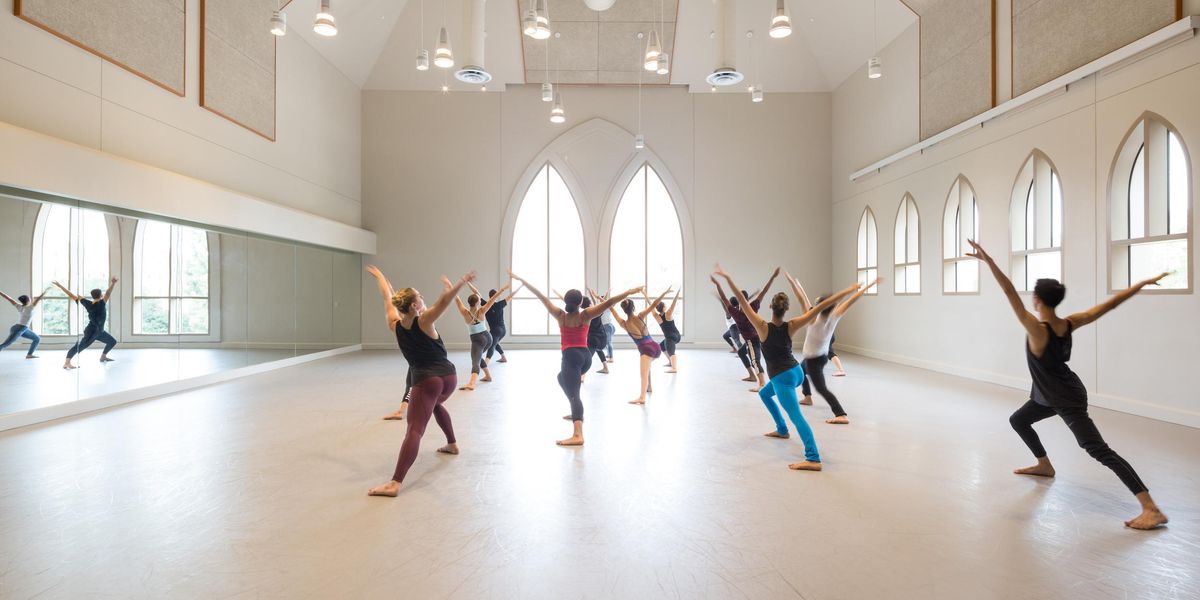Your Body: Seeds of Strength
These tiny nutritional powerhouses give a big energy boost.
What’s the secret of Houston Ballet soloist Lauren Strongin’s stamina when she dances Trey McIntyre’s Peter Pan? Seeds. “I add ground flaxseeds, chia, and hemp seeds to my steel-cut oatmeal, which keeps my energy high,” she says. She’s not alone. Many dancers turn to seeds for a nutritional boost. Even the celebrated Sylvie Guillem has added seeds to her vegetarian diet. “They’re a good source of protein and also of healthy fats,” says Emily Cook Harrison, a registered dietitian and nutritionist with the Atlanta Ballet Centre for Dance Nutrition.
Seeds travel well, don’t need to be refrigerated, and have a pleasant nutty flavor and high fiber content. They are best—and healthiest—plain. (Be mindful of salted or sugarcoated varieties.)
Harrison recommends approximately a quarter cup of seeds a day for most dancers. That won’t tip the calorie counter. Sunflower seeds add up to just 47 calories per tablespoon, while a tablespoon of chia seeds, rich in antioxidants, has 65 calories. Keep in mind that each type of seed delivers different nutritional benefits. So which should you tuck in your dance bag for a snack? Here are four to consider.
Oldies but Goodies
Flaxseeds were cultivated in Babylon back in 3000 BC. “Flax reduces the body’s inflammatory response, and this is good for cardiovascular health or for people with autoimmune conditions,” says Harrison. One tablespoon provides 1.8 grams of omega-3 essential fatty acids, also know as the “good” fat. Flaxseeds contain soluble and insoluble fiber (you need both), zinc, iron, calcium, and vitamin E. Because the seeds must be chewed thoroughly to get their benefits, it’s best to use them ground. With numerous flax-infused products available, from breads to waffles, there are lots of options.
Anti-Inflammatory Boost
You may remember Chia Pets as a gag gift: The seeds were stashed in an animal-shaped planter and, when watered, sprouted into a living “pet.” That was then; now they are considered the new seed on the block. With 5 grams of fiber per tablespoon, and three times the antioxidants of blueberries, as well as a surprising amount of calcium, chia seeds deliver a variety of nutritional benefits. Popular with elite athletes, they also have hydrating properties. The seeds can absorb more than their own weight in water, which helps prolong hydration and retain the body’s electrolyte balance.
Sweet Seed Dreams
Pumpkin seeds provide an excellent source of the amino acid tryptophan, which is a sleep aid, along with magnesium, manganese, phosphorus, and iron. They also can be a good source of copper and vitamin E, a powerful antioxidant which protects your skin. With 56 calories and 3 grams of protein per tablespoon, they earn their keep in your dance bag. You can roast for added flavor, but go lightly on the salt.
Here Comes the Sun
Sunflower seeds are vitamin powerhouses and they are a good source of B6 and folate. A quarter cup contains half the daily requirement of copper, magnesium, selenium, and phosphorous. They also pack a protein punch, and provide a great source of iron. Like other seeds, they are rich in the healthy fats, which protect the heart and increase HDL, the good cholesterol. But avoid preparations that add oil, butter, or salt.
Another
Reason
to Smile
Plenty of dances ask a performer to smile, so it’s nice to learn that has some health benefits. A recent University of California—Irvine study, published in Psychological Science, found that smiling can reduce heart rate and stress. Researchers made 170 people smile by simply holding chopsticks in their mouths, which activates the same muscles as a big grin. The study found this triggered the brain to release hormones associated with happiness and well-being. So take a moment before your next performance to relax and smile. Your body will thank you. —NW
Feet Relief
Plantar fasciitis, a common foot overuse injury, plagues many dancers. Finally, there’s help without the clunk and bulk of a boot. The plantar fasciitus sock ($39.95) uses gentle compression to cushion and support the plantar fascia tissue. This improves circulation and speeds healing, while the sock’s nylon-Lycra blend allows movement and air flow. See www.hammacher.com. —NW




